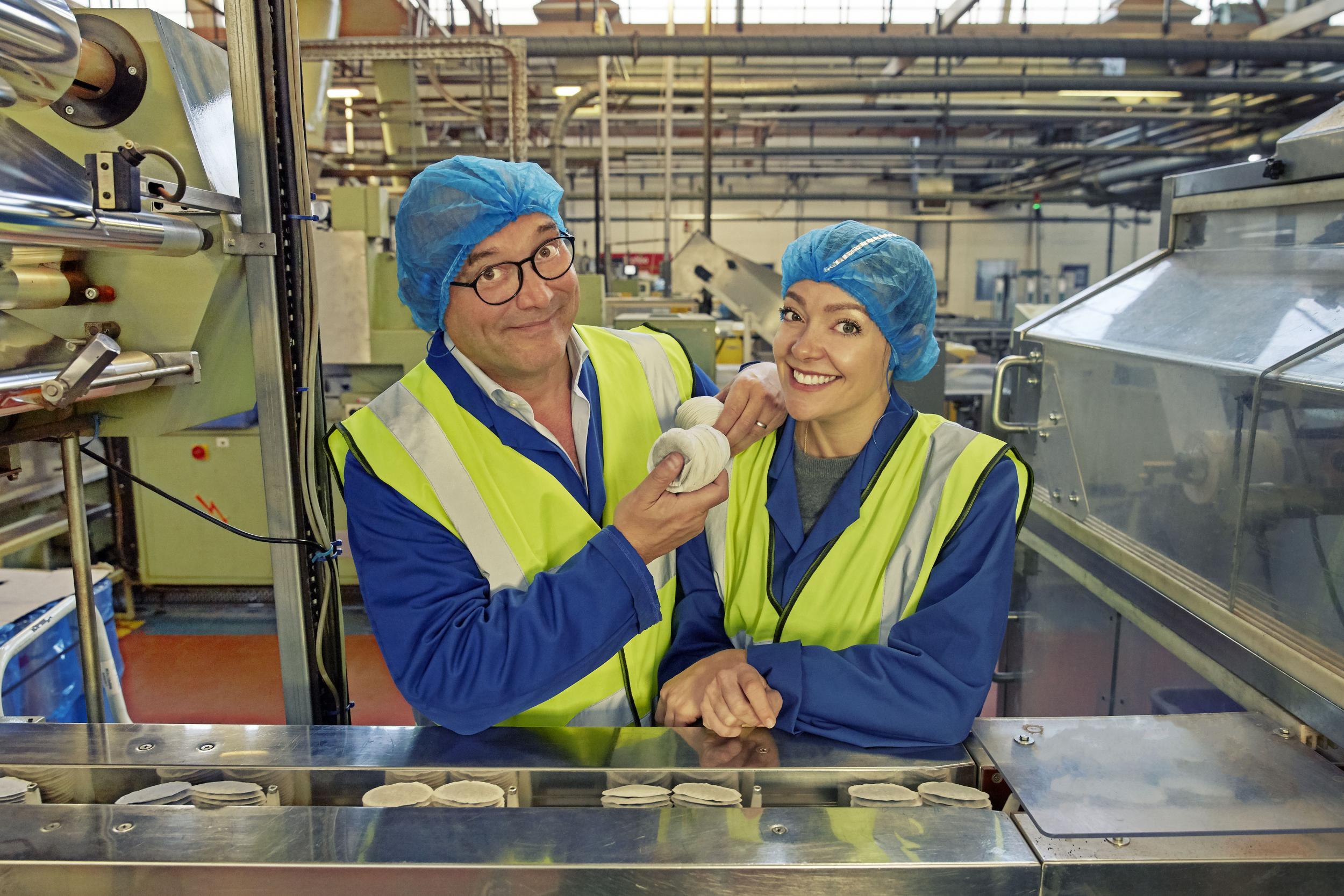Last night's TV review, Inside the Factory (BBC2): a highly refreshing brew
Plus: When Football Banned Women (Channel 4)

They say television influences behaviour, but I must say I've never been tempted to buy tat at an antiques centre and then sell it at a loss at auction, no matter how many episodes of Bargain Hunt I've watched.
“Buy Retail, Sell Wholesale” will never catch on, I think. However, Inside The Factory’s adventure into the world of tea did inspire me to follow the team’s advice about making the perfect brew. Seeing as 96 per cent of our tea is now made up using tea bags and in a mug, the old stuff about bone china and putting the milk in first was skipped in favour of achieving the optimal modern cuppa in the teabag age.
And the key elements are: use a red mug because your brain associates the colour with right kind if flavours; avoid styrofoam cups because the plastic absorbs flavours (I’ve always suspected that); if you have hard water then filter it to avoid scum; and let it stand for a full five minutes to get the best hit of caffeine and healthy antioxidants. So that is precisely what I did and I recommend it.
So there’s one cup of tea I made earlier, and Inside the Factory is a sort of grownups’ Blue Peter. Main presenters Gregg Wallace and Cherry Healey are full of vicarious wonder at the sheer scale of the tea phenomenon – getting gobsmacked by the giant loo-roll that contains the raw material for millions of bags, gamely heading out to Kenya to pick some tender shoots, and breathlessly telling us that the British down 165 million cups a day, which is actually only about three a day on average. Seems modest to an addict like me.
Anyway, a fair portion of the British teabag supply is manufactured at the Typhoo factory in Liverpool that the team found themselves in, and, as the ads used to say, you only get an “oooh” with Typhoo. Some enlightened workplaces offer tea for free these days, but a couple of hundred years ago the commodity was so valuable that unscrupulous merchants used to adulterate it with (dried) used tealeaves, rust and sheep dung. The answer to that was sealed branded packaging, which arrived in about 1850, and the inventor of that, John Horniman, became fabulously rich off the back of it, even though his name, in tea terms, is now almost forgotten. We even found out how to make tea in a British army tank.
My only quibble with the compact multidisciplinary presentation of the chemistry, economics, history and science of tea was how Gerry didn't seem to realise that the packs of “builders” that we buy at the grocers are blended from many countries and estates. I thought everybody knew that, me old china. Best of all, the show was richly infused with my two favourite accents, Scouse and East African, though I admit that preferences in such matters, as with tea itself, are a matter of taste.
Perhaps the Football Association’s most asinine decision over the years – and it is an exceptionally crowded field of contenders – was their 1921 ruling that, in effect, banned women's football. As Clare Balding noted in Channel 4’s When Football Banned Women, it was a hammer blow from which the game has still not recovered.
A hundred years ago ladies’ football, as it was then known, had grown rapidly put of the Great War munitions factory teams, and was as big as the gentlemen’s game, drawing large crowds, boasting remarkably talented players such as the legendary Lily Parr, and staged in mainstream stadiums. Until, that is, the FA decided to send them off. For good. Or at least until 1971 when a new liberated generation started the long, long road back to recovery.
The rare archive footage and interviews with veterans were moving and, of course, one wondered where the game might be today had the forces of sexism not been so vicious and determined in the bad old days.
All behind us now, right? Well, the most memorable scene was Balding flicking through a copy of The Sun, where women do not generally appear in shorts on the football pages, but do appear in their knickers on the “news” pages. Balding had her head in her hands and looked fit to cry. I don’t blame her. So far as football is concerned, the women wuz robbed.
Subscribe to Independent Premium to bookmark this article
Want to bookmark your favourite articles and stories to read or reference later? Start your Independent Premium subscription today.

Join our commenting forum
Join thought-provoking conversations, follow other Independent readers and see their replies